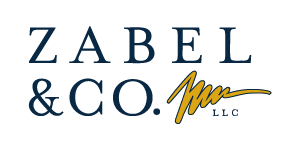Yes, over the years one of the most popular tax savings outlet available to taxpayers today is the Individual Retirement Account, more commonly referred to as an IRA. There are several options you have when deciding which type of IRA account to enter into. You may be able to take a tax deduction for the contributions to a traditional IRA, depending on whether you or your spouse, if filing jointly, are covered by an employer’s pension plan and how much total income you have. Conversely, you cannot deduct Roth IRA contributions, but the earnings on a Roth IRA may be tax-free if you meet the conditions for a qualified distribution.
Generally, you can contribute a percentage of your earnings for the current year or a larger, catch-up contribution if you are age 50 or older. You can fund a traditional IRA, a Roth IRA (if you qualify), or both, but your total contributions cannot be more than these annual amounts (currently $5,500, or $6,500 if you are age 50 or older).
You can file your tax return claiming a traditional IRA deduction before the contribution is actually made. However, the contribution must be made by the due date of your return, not including extensions. If you haven’t contributed funds to an Individual Retirement Account (IRA) for last tax year, or if you’ve put in less than the maximum allowed, you still have time to do so. You can contribute to either a traditional or Roth IRA until the April 15 due date for filing your tax return for last year, not including extensions.
Be sure to tell the IRA trustee that the contribution is for last year. Otherwise, the trustee may report the contribution as being for this year, when they get your funds.
If you report a contribution to a traditional IRA on your return, but fail to contribute by the deadline, you must file an amended tax return by using Form 1040X, Amended U.S. Individual Income Tax Return. You must add the amount you deducted to your income on the amended return and pay the additional tax accordingly.

